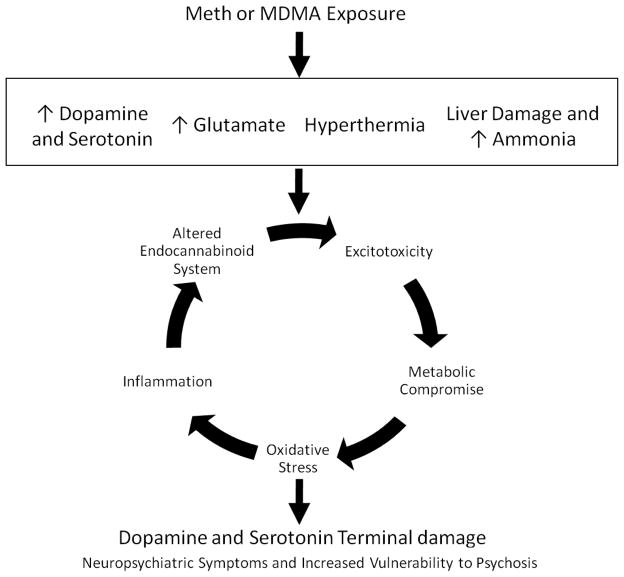Figure 1. Mechanisms of Meth and MDMA Neurotoxicity.
Meth and MDMA produce persistent monoaminergic terminal damage that is associated with neuropsychiatric symptoms as well as increased vulnerability to psychosis. Acutely, drug exposure contributes to increases in DA and/or 5HT, and glutamate. These substituted amphetamines also produce acute hyperthermia and can contribute to liver damage. Downstream of these short-term effects, numerous interacting and feed-forward mechanisms have been identified as contributors to the neurotoxicity of these drugs of abuse. These mechanisms include excitotoxicity, metabolic compromise, oxidative stress, and more recently, inflammation and altered endocannbinoid system function.

